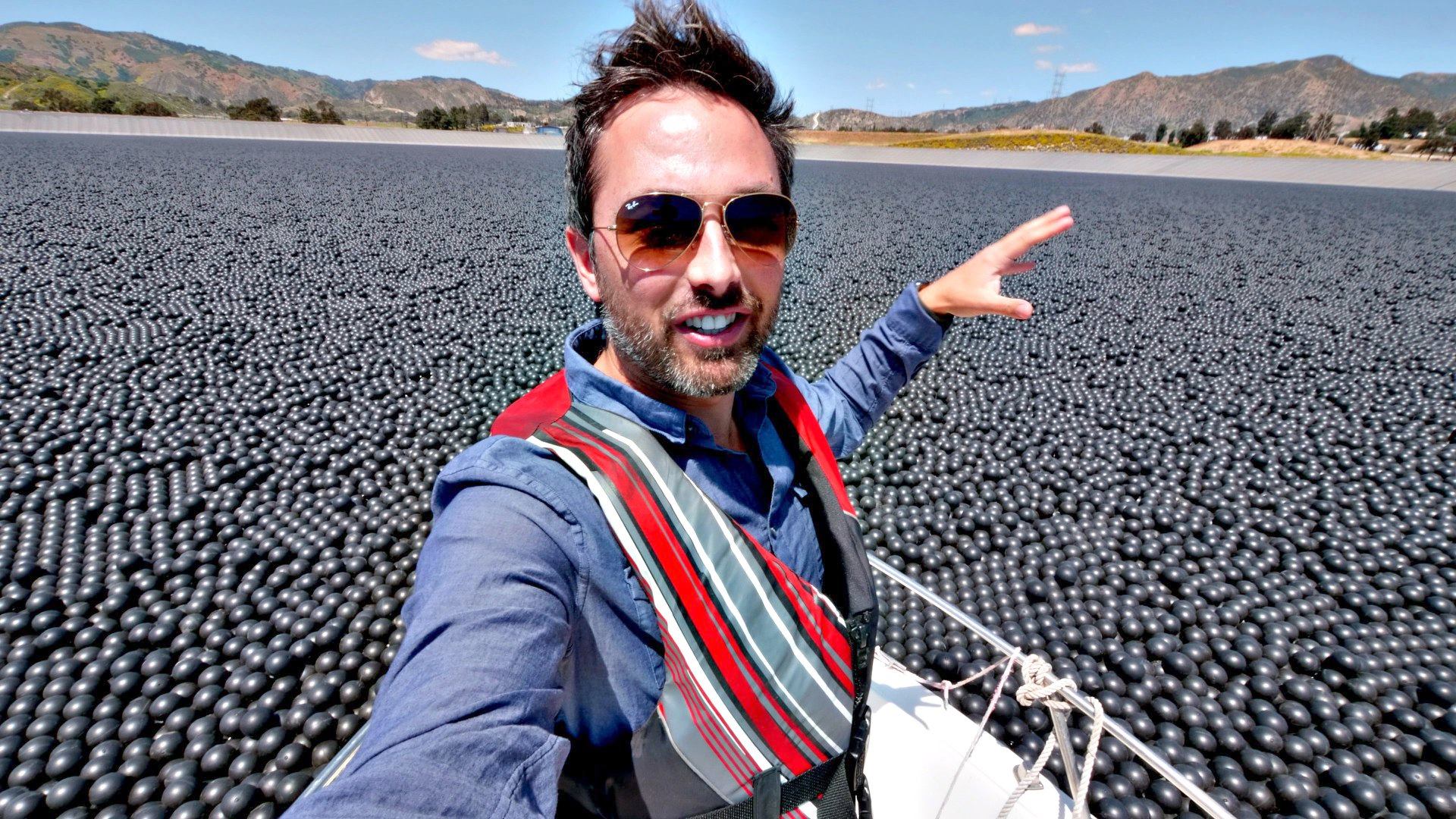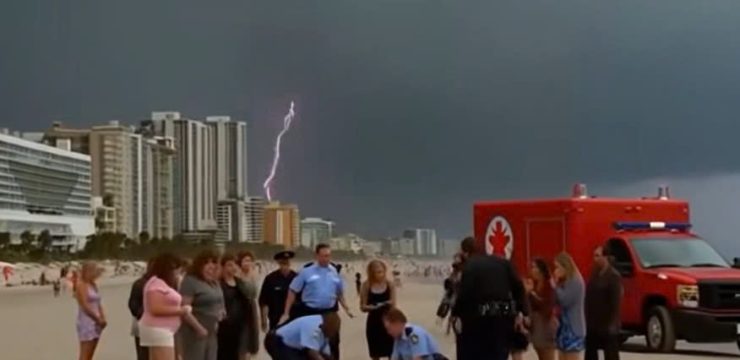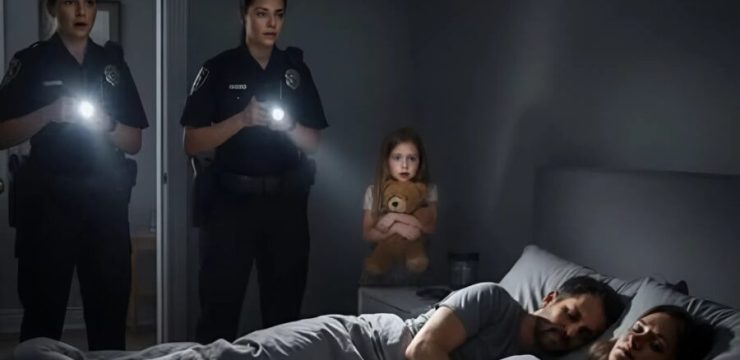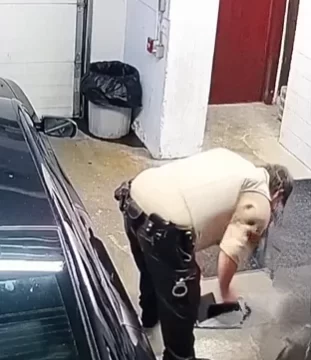In 2015, images and videos spread rapidly across the internet showing an astonishing sight: ninety-six million black plastic balls floating across the surface of the Los Angeles Reservoir. At first glance, most people assumed this strange strategy had one obvious purpose—to reduce evaporation during California’s severe drought. It seemed reasonable enough to think that covering a body of water with millions of floating spheres would help keep it from disappearing into the dry California air.

But the real explanation turned out to be more surprising and more critical to public health than water conservation alone. These black spheres, officially called shade balls, were not primarily intended to save water but to protect Los Angeles’ drinking water supply from dangerous chemical reactions triggered by sunlight. Open-air reservoirs face a unique problem when exposed to constant ultraviolet radiation. When UV light penetrates the water, it can react with naturally occurring substances like bromide, and when chlorine is added during the treatment process, those reactions can form bromate, a chemical compound that has been classified as a potential carcinogen. Because the Environmental Protection Agency strictly regulates bromate levels in public water systems, Los Angeles officials knew they needed a solution to prevent this problem before it threatened public safety.
Their answer was to cover the massive reservoir with a floating barrier that could block sunlight. Instead of building a costly and time-consuming physical cover, engineers came up with the idea of releasing millions of lightweight, UV-resistant balls that would float together to form a protective layer. Each shade ball is made from durable, food-grade plastic and is partially filled with water to weigh it down and keep it in place. To resist degradation from the sun, the plastic contains carbon black, a pigment that absorbs UV rays and prevents them from penetrating the water.
This relatively simple design made the balls both cheap to produce and long-lasting, with an estimated lifespan of up to twenty-five years. When deployed, the balls formed an artificial shade across the surface of the reservoir that successfully blocked sunlight, prevented chemical reactions, and reduced the formation of bromate. While this was the primary reason for the project, the shade balls also provided several other unexpected benefits. They reduced dust and debris entering the water, discouraged birds from landing and contaminating the surface, and yes, they also slowed evaporation. In fact, although evaporation wasn’t the main motivation, it became one of the advantages most people talked about.
According to estimates, the shade balls helped conserve nearly 300 million gallons of water annually, a significant savings during California’s water crisis. The project did face skepticism at first. Critics joked about the idea of dumping millions of plastic spheres into a reservoir, questioning whether it was a publicity stunt or even an environmental hazard. Others worried about the cost, which was around $34.5 million. But when compared to alternative options—such as building giant metal or fabric covers—shade balls were far cheaper and faster to implement. The deployment process only took a few weeks, while more traditional covers would have required years of construction and hundreds of millions of dollars.
In the long run, the investment was considered worthwhile because the balls not only preserved water but also protected it from harmful chemical contamination, which could have cost much more to address. Over time, the unusual sight of millions of black spheres bobbing in the sun stopped being a curiosity and instead became a symbol of innovative problem-solving. It showed that unconventional thinking could address complex challenges in ways that were efficient, affordable, and effective. The project gained international attention, sparking conversations about how other cities might adapt similar ideas to meet their own water safety needs.
While shade balls may not be the right solution for every reservoir, in Los Angeles they proved to be exactly what was needed at the right time. The story of the ninety-six million black balls floating on the reservoir is ultimately about more than just water conservation. It’s about science, chemistry, and the creative ways humans can protect essential resources.
What began as a viral internet mystery—why would anyone cover a reservoir with millions of plastic balls—turned into an example of how practical engineering can safeguard public health. By blocking UV light, preventing the formation of carcinogens, keeping the water clean, and even saving precious gallons from evaporating, these shade balls delivered on multiple fronts. For Los Angeles residents, it was a reminder that sometimes the strangest-looking ideas are also the smartest solutions.





